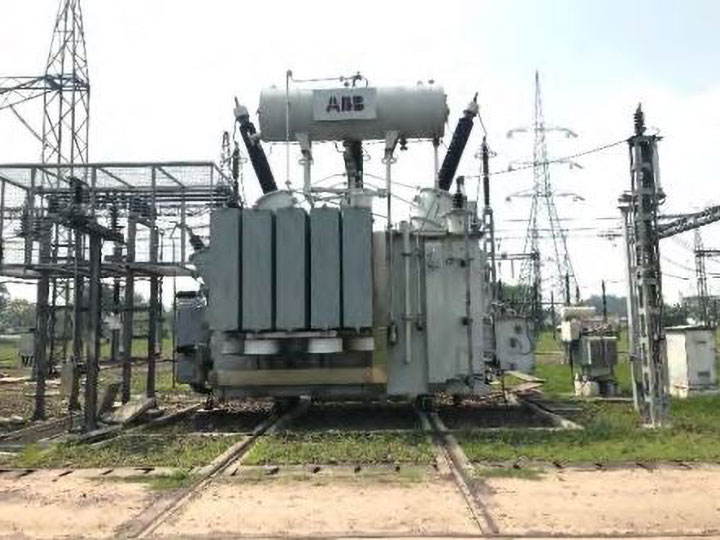2025-01-15 米国国立再生可能エネルギー研究所(NREL)
<関連情報>
- https://www.nrel.gov/news/press/2025/floating-solar-panels-could-support-us-energy-goals.html
- https://www.sciencedirect.com/science/article/pii/S0038092X24008727
浮体式太陽光発電の技術的可能性: 米国連邦政府が管理する貯水池における新しい地理空間的アプローチ Floating photovoltaic technical potential: A novel geospatial approach on federally controlled reservoirs in the United States
Evan Rosenlieb, Marie Rivers, Aaron Levine
Solar Energy Available online: 22 December 2024
DOI:https://doi.org/10.1016/j.solener.2024.113177

Highlights
- Novel geospatial methods are used to estimate FPV potential.
- There is large potential for FPV on federally controlled reservoirs in the US.
- The developable proportion is variable and dependent on site-specific factors.
- FPV potential is broadly but not equally spatially distributed throughout the US.
Abstract
Floating photovoltaic systems are a rapidly expanding sector of the solar energy industry, and understanding their role in future energy systems requires knowing their feasible potential. This paper presents a novel spatially explicit methodology estimating floating photovoltaic potential for federally controlled reservoirs in the United States and uses site-specific attributes of reservoirs to estimate potential generation capacity. The analysis finds the average percent area that is found to be available for floating photovoltaic development is similar to assumed values used in previous research; however, there is wide variability in this proportion on a site-by-site basis. Potential floating photovoltaic generation capacity on these reservoirs is estimated to be in the range of 861 to 1,042 GW direct current (GWdc) depending on input assumptions, potentially representing approximately half of future U.S. solar generation needs for a decarbonized grid. This work represents an advancement in methods used to estimate floating photovoltaic potential that presents many natural extensions for further research.



